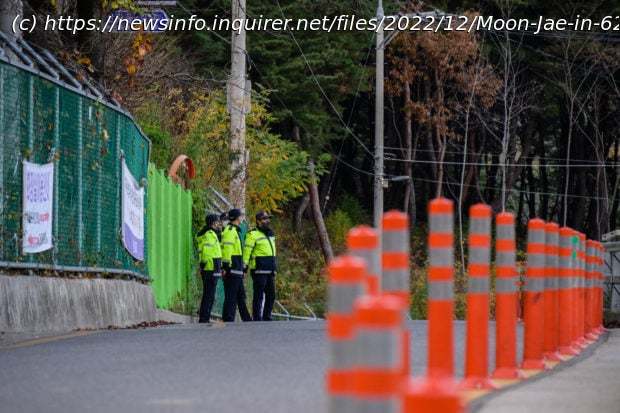Array
Korea — After five years running South Korea, former president Moon Jae-in moved to a peaceful village far away from Seoul, in search of a quiet retirement. Then the protests began.
Every day since his arrival in May, demonstrators in Pyeongsan village have used megaphones to shower him with vitriol over his efforts at engagement with North Korea, livestreaming their protests to hundreds of viewers.
“Moon is essentially a spy working for North Korea,” Choi Jin-bae, a 58-year-old part time construction worker, told AFP as he used his phone to livestream his protest and chat to fans, many of whom send him donations.
The tiny village, home to around 100 people, has become an unwitting symbol of South Korea’s bitter political divide.
It has also become a reminder of the perils of holding high office in a country where every living former president — except Moon, so far — has been jailed after leaving office.
The protests targeting Moon highlight how social media is transforming political action in South Korea, by both amplifying demonstrators’ voices and allowing them to generate funds to sustain their activities.
As president, Moon championed engagement with Pyongyang, meeting North Korea’s leader Kim Jong Un and then-US president Donald Trump for talks.
His diplomacy ultimately failed, with the North now more belligerent than ever.
Moon’s attempts at dialogue enraged many security hawks — and also internet commentators like Choi, who claims Moon pushed South Korea to the brink of “becoming a communist state”.






